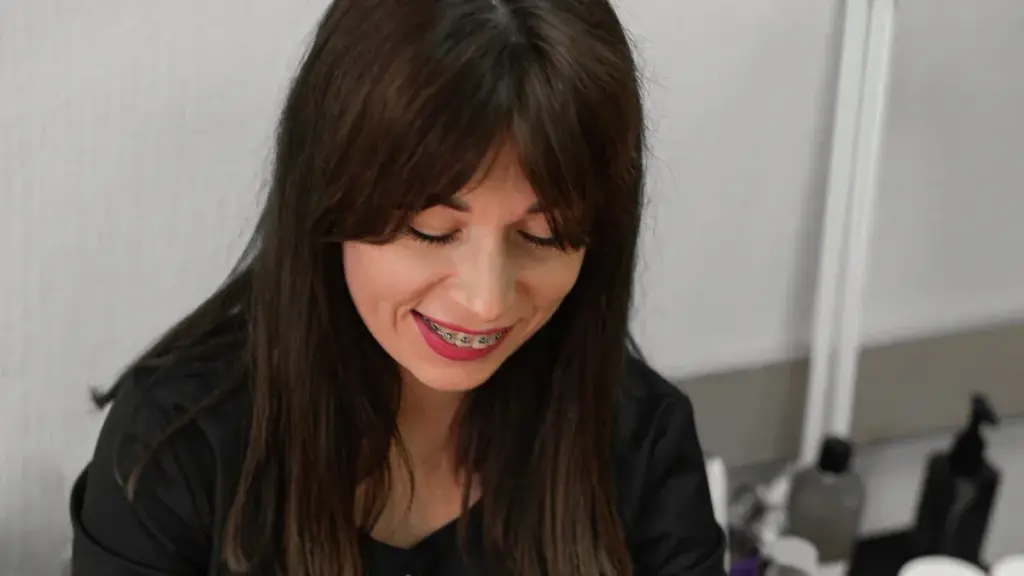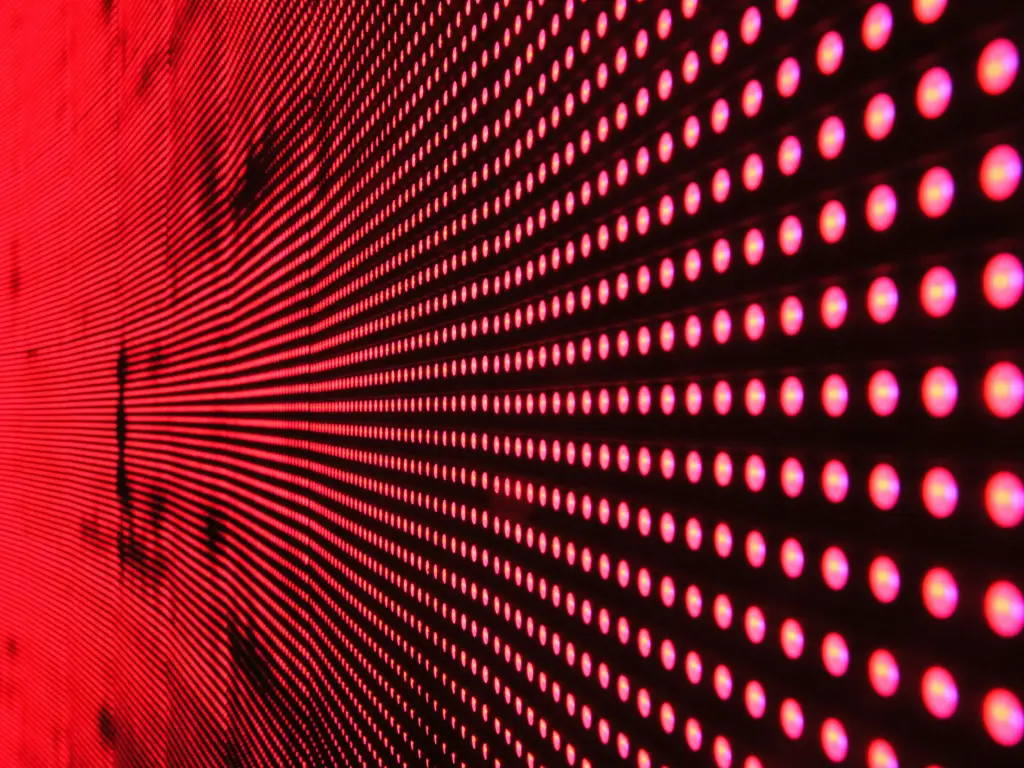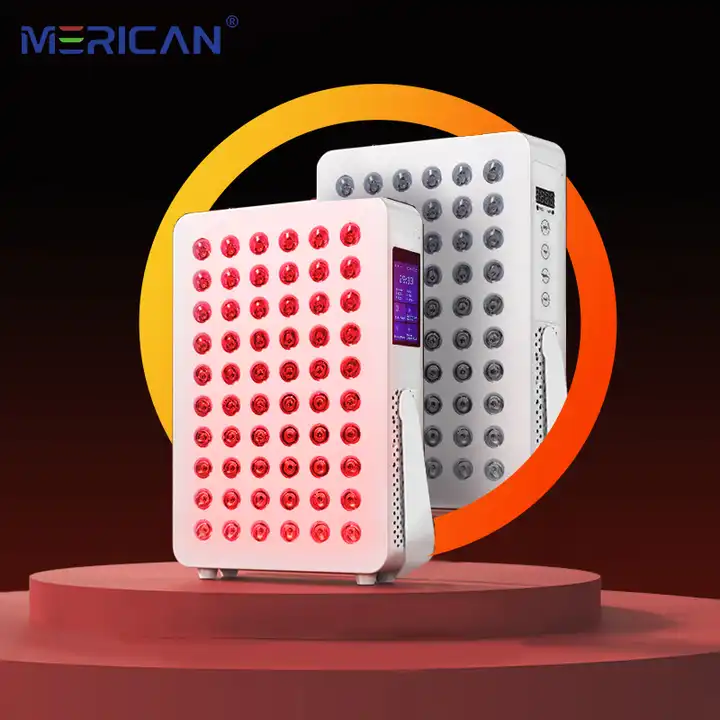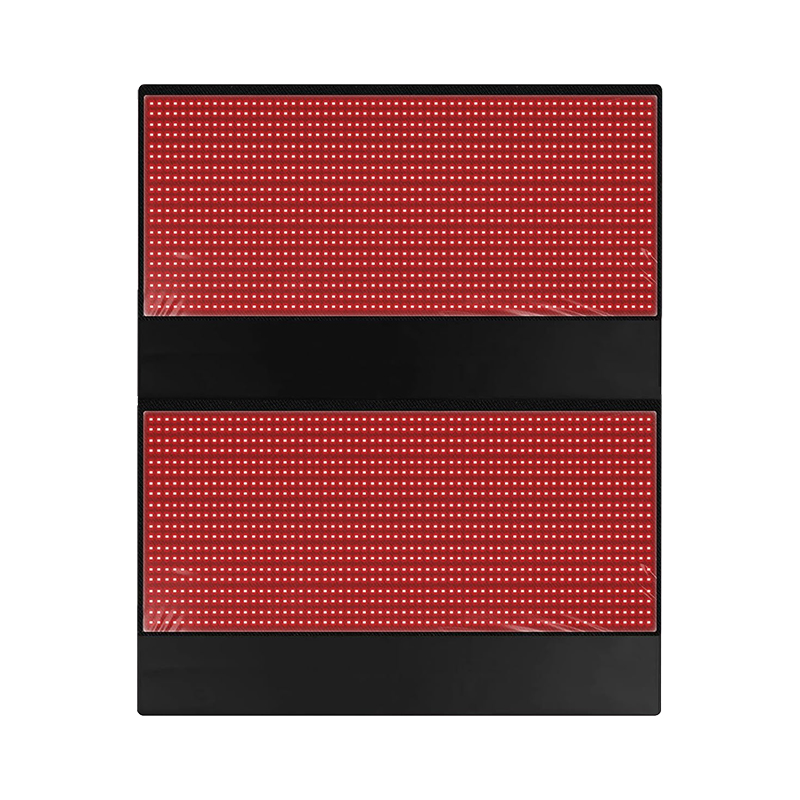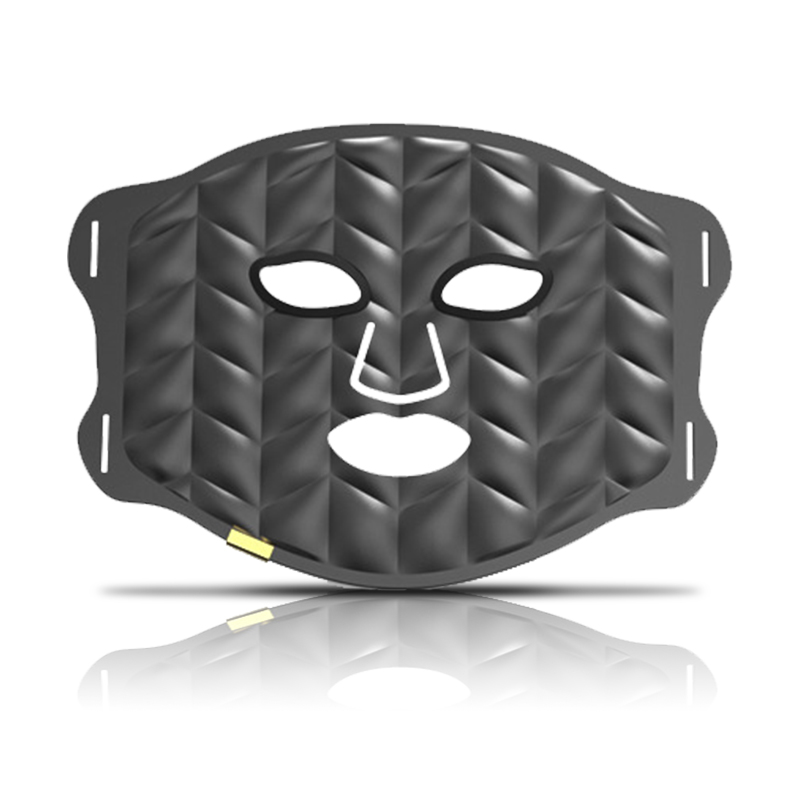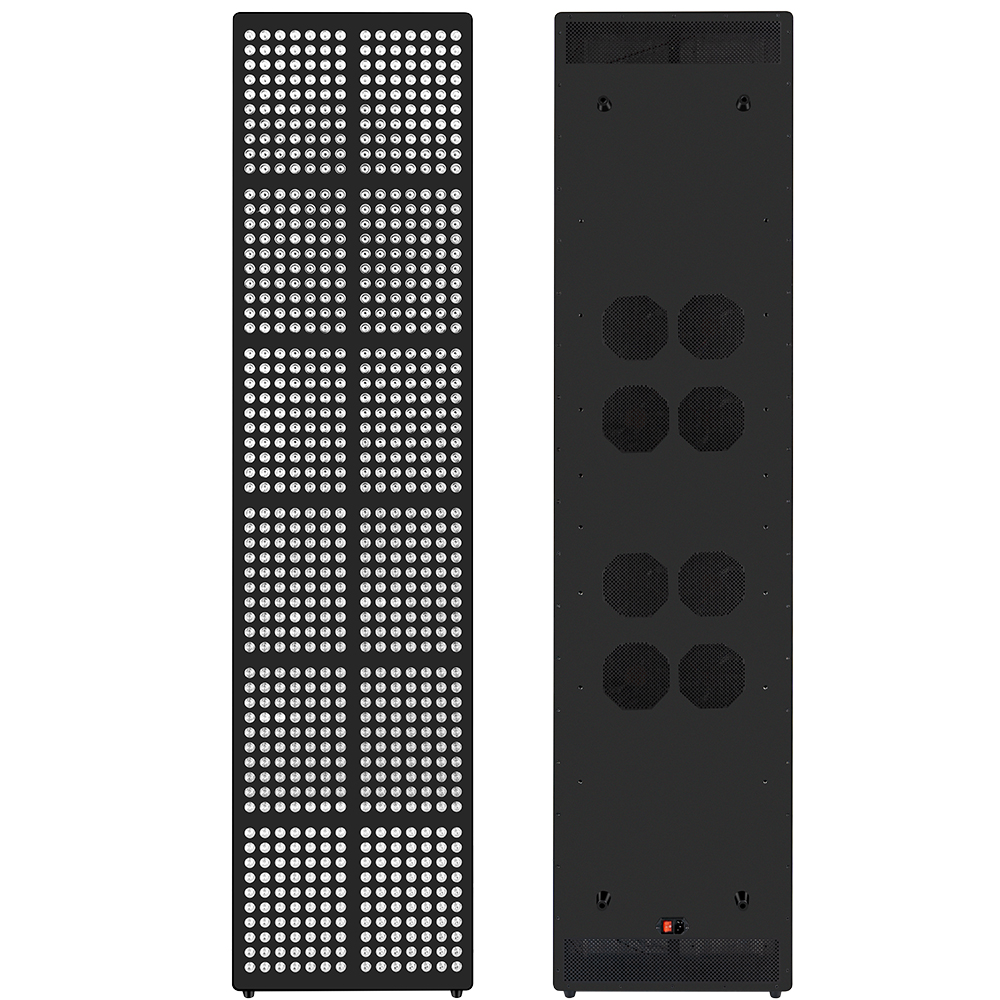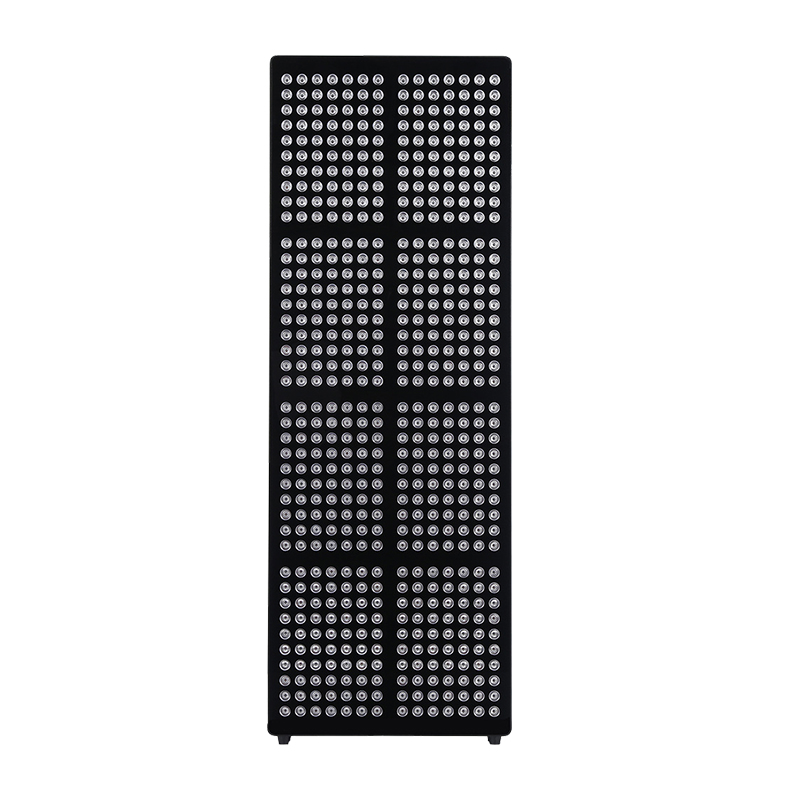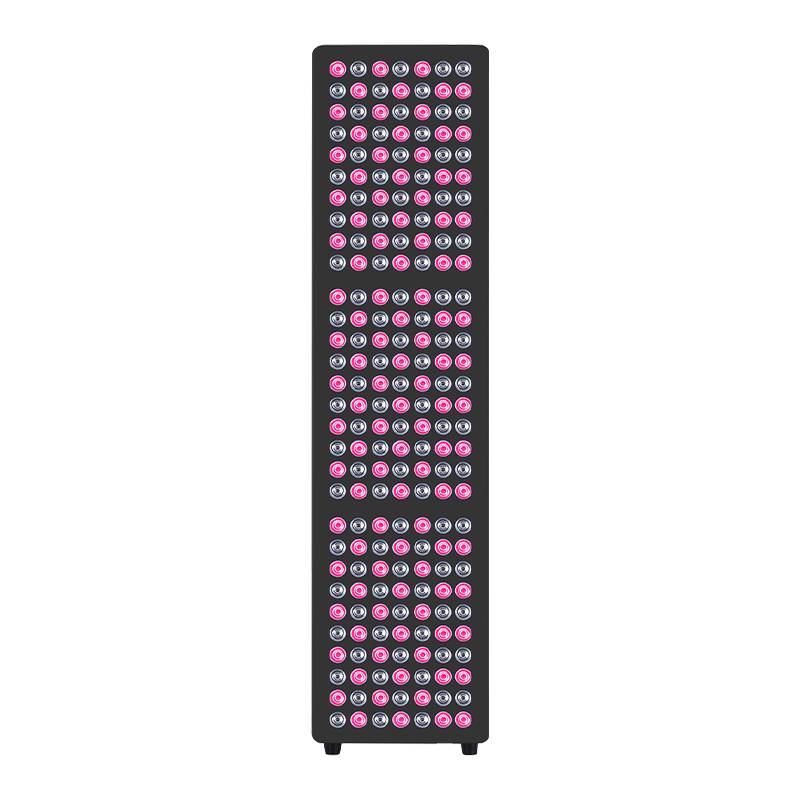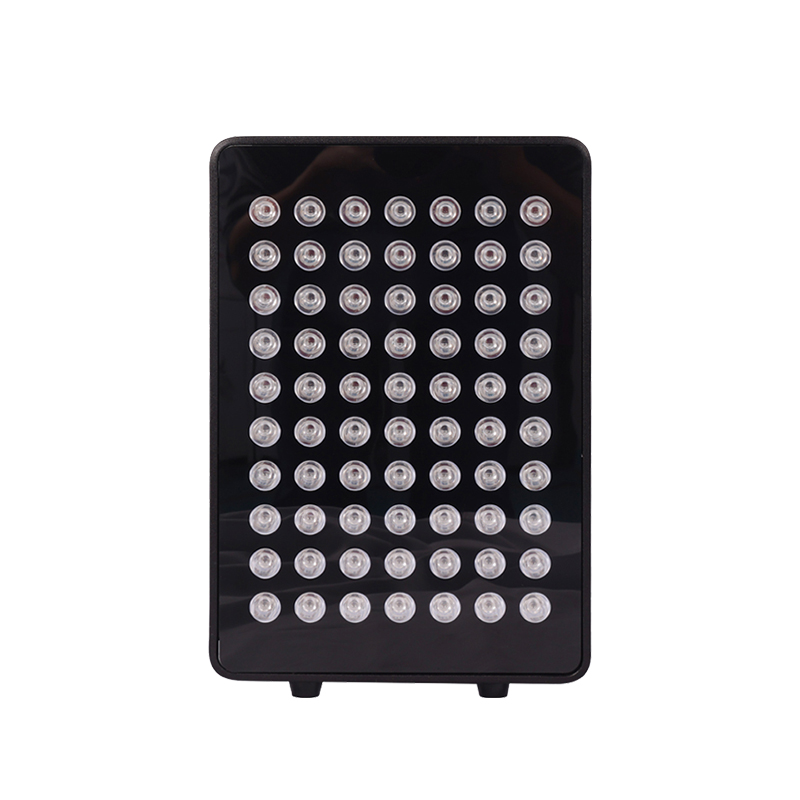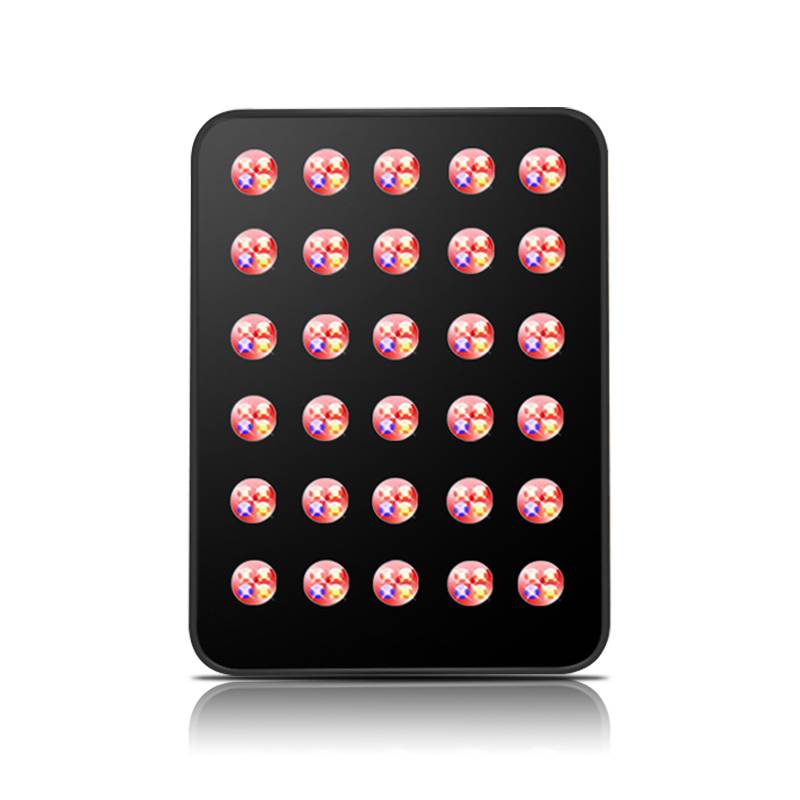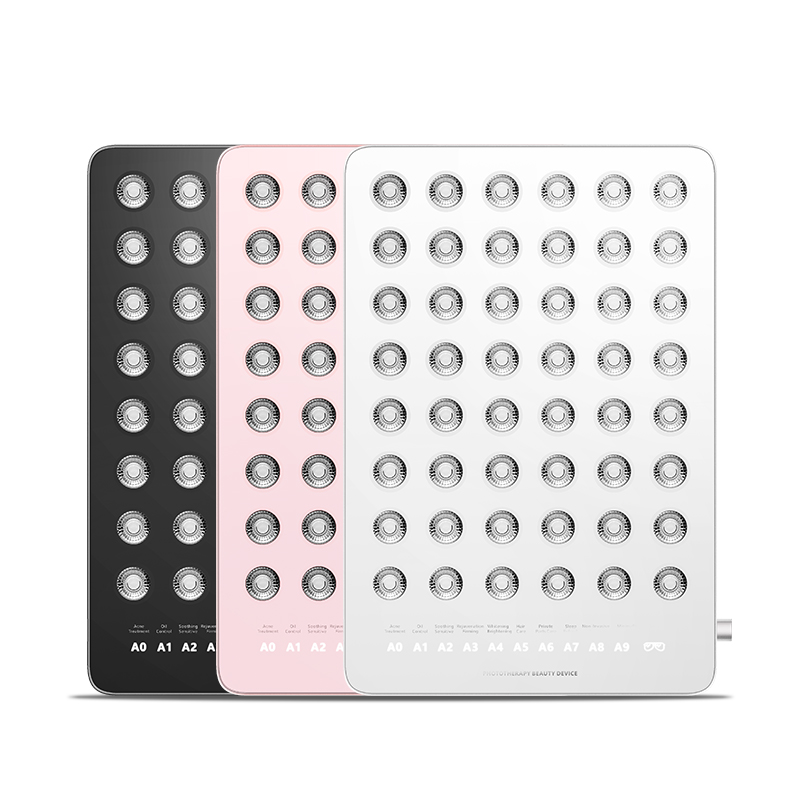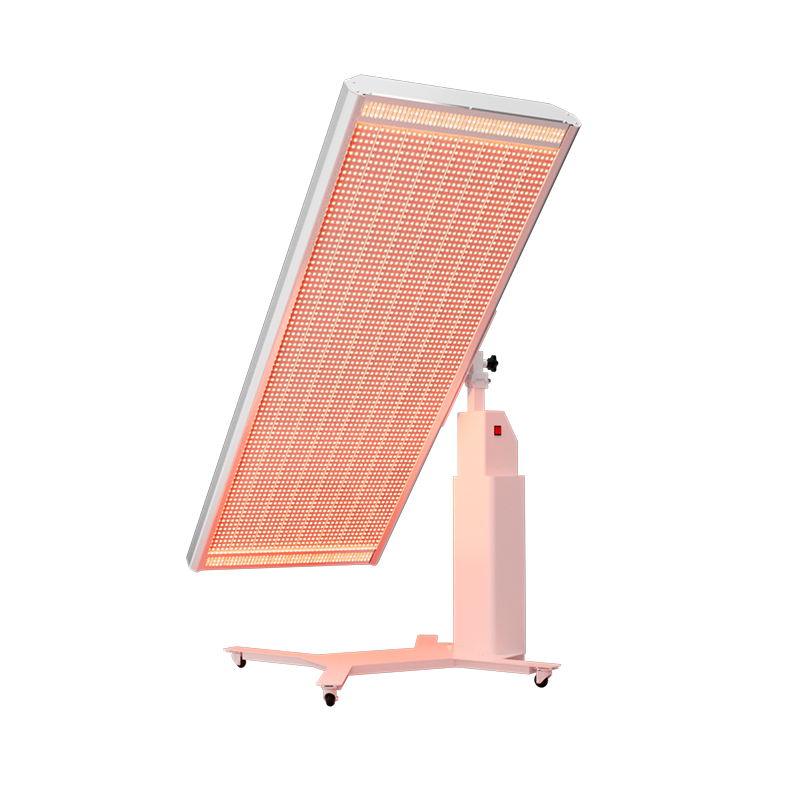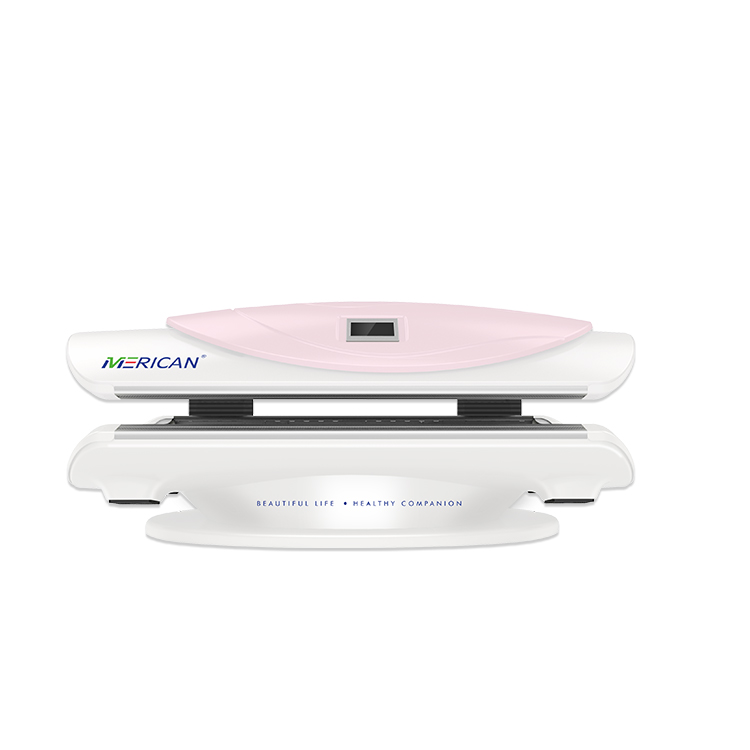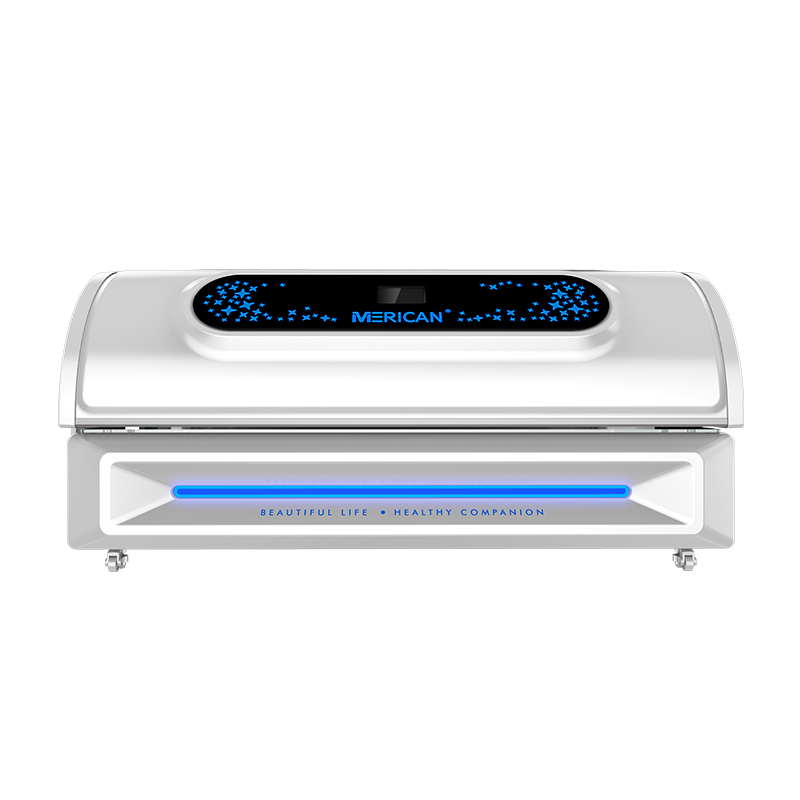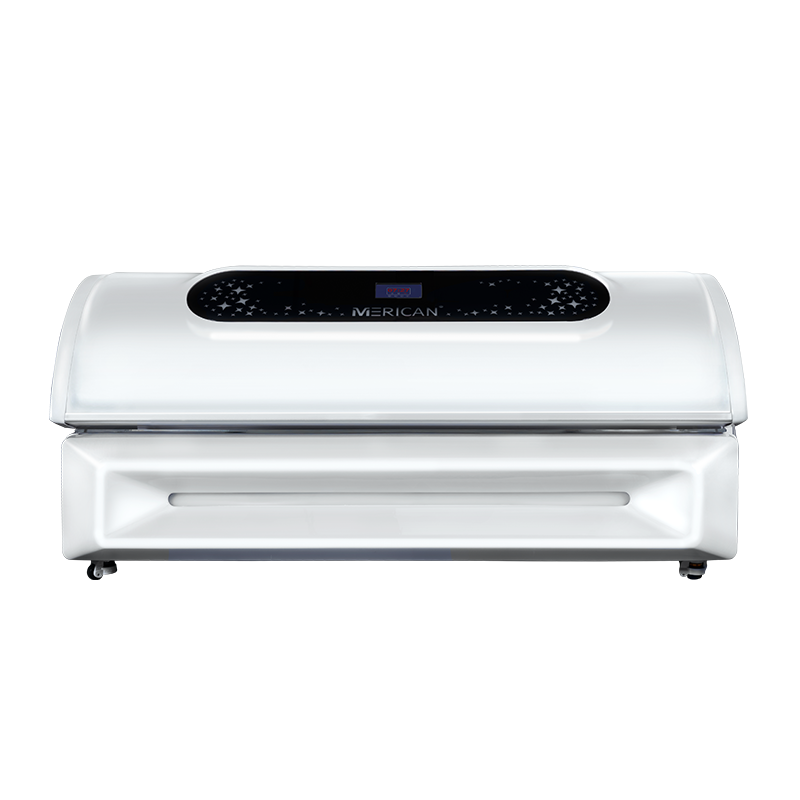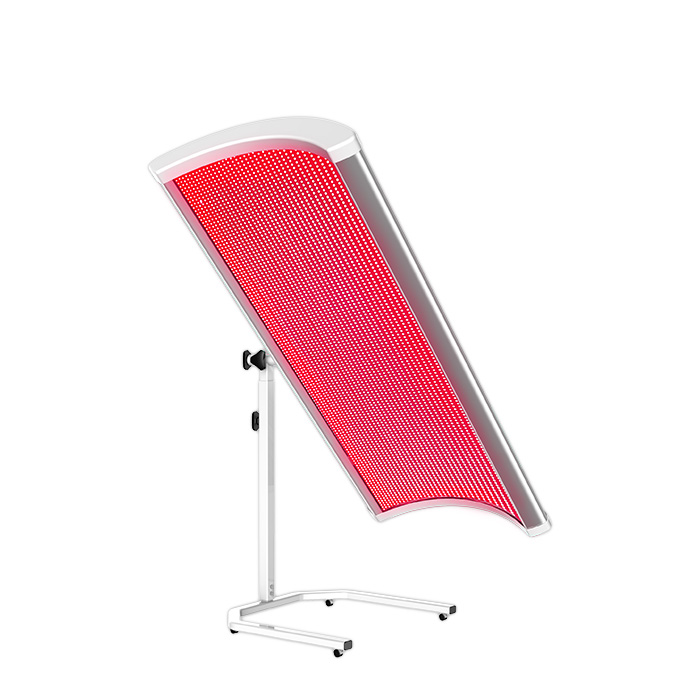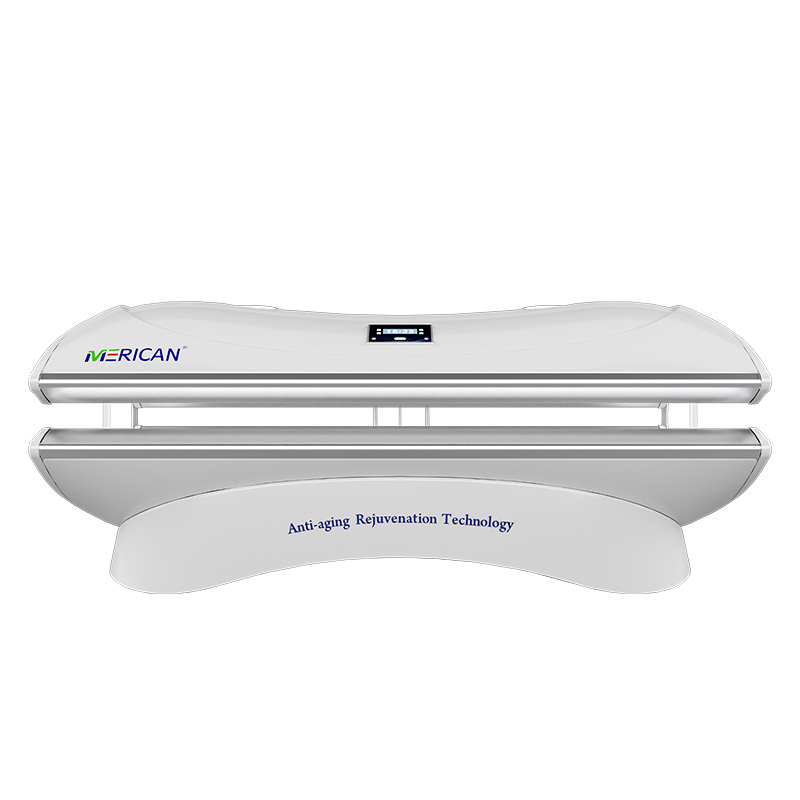Терапия красным светом (Прозрачный) показывает некоторый потенциал и перспективы в лечении депрессии.
Ниже приводится подробный анализ терапии красным светом в лечении депрессии.:
я. Основные принципы терапии красным светом
Терапия красным светом — это метод лечения, использующий низкие уровни красного света., длина волны которого обычно составляет от 630 до 700 нм.. Эта терапия работает неинвазивным способом, излучая свет в организм, чтобы активировать митохондрии внутри клеток., что, в свою очередь, способствует увеличению клеточной энергии (СПС) производство и другие биологические эффекты.
II. Применение терапии красного света в лечении депрессии
1、Улучшение функции митохондрий: Митохондриальная дисфункция – важный аспект патогенеза депрессии. Облучение красным светом может активировать митохондрии, повысить активность каталазы, и способствуют метаболизму сахара и производству АТФ, тем самым улучшая функцию клеток, особенно функции нервных клеток.
2、Противовоспалительный эффект: Патогенез депрессии тесно связан с воспалительной реакцией.. Облучение красным светом может активировать противовоспалительные факторы, чтобы избежать нейровоспалительных реакций., тем самым уменьшая симптомы депрессии.
3、Модуляция нейротрансмиттеров: Снижение функциональной активности моноаминергических нейромедиаторов. (НАПРИМЕР., дофамин и 5-гидрокситриптамин) считается одним из важных патогенетических механизмов депрессии.. Сообщается, что терапия красным светом усиливает дофаминергическую передачу в областях мозга., тем самым улучшая симптомы депрессии.
4、Регуляция биоритмов: Больные депрессией часто страдают биоритмическими нарушениями., особенно сезонная депрессия. Красный свет подавляет секрецию мелатонина и регулирует циркадные ритмы., тем самым улучшая сон и настроение.
Что такое депрессия? Симптомы и лечение
По данным Американской психиатрической ассоциации, депрессия, также известное как большое депрессивное расстройство или БДР, «Это распространенное и серьезное заболевание, которое влияет на ваше самочувствие», то, как ты думаешь и как ты поступаешь». Хотя многие связывают это состояние с грустью, имеет массу других симптомов, которые могут существенно ухудшить жизнь и самочувствие человека. Некоторые из них включают:
*Отсутствие мотивации или потеря интереса к занятиям, которые когда-то приносили удовольствие.
*Нарушения сна (бессонница или слишком много сна)
*Раздражительность или вспышки гнева
*Недостаток энергии или сильная усталость
*Отсутствие аппетита или увеличение потребления пищи.
*Тревога или беспокойство
*Чувство никчемности
*Трудности с мышлением или концентрацией внимания
*Мысли о смерти или самоубийстве
*Необъяснимые физические симптомы (боль в мышцах и суставах или головная боль)
Количество и тяжесть симптомов могут варьироваться от одного человека к другому.. Типичное лечение депрессии включает медикаментозное лечение. (существуют сотни лекарств, используемых для лечения этого заболевания, и может потребоваться много проб и ошибок, чтобы найти тот, который подойдет конкретному человеку.), терапия (когнитивно-поведенческая или психодинамическая терапия, например), или комбинация обоих.
Возможно, вы смотрите на список выше и думаете, «Это похоже на меня». Или, может быть, у вас есть диагноз, и вы ищете эффективный способ дополнить текущее лечение.. Какая бы у вас ни была ситуация, очень важно отправиться в это путешествие вместе со своим врачом, поскольку самодиагностика и неконтролируемое лечение могут иметь тяжелые последствия..
III. Клинические исследования и доказательства
В последние годы, все больше и больше клинических исследований подтверждают применение терапии красным светом при лечении депрессии.. Например, Исследовательская группа из Городского университета Гонконга обнаружила, что облучение красным светом может активировать митохондрии и способствовать синтезу клеток., способствует восстановлению и регенерации поврежденных тканей., а затем стимулировать нервные ткани для достижения терапевтических целей. Кроме того, Исследование, проведенное командой из Медицинского университета Вэньчжоу и Ключевой лаборатории неврологии Чжэцзяна, также показало, что облучение красным светом может улучшить депрессивно-подобное поведение у мышей..
IV. Зачем использовать терапию красным светом?
Когда нам не хватает естественного света, он влияет на каждую клетку и процесс в нашем организме. Люди были созданы, чтобы использовать солнечный свет для оптимального здоровья. Здоровый свет необходим для функционирования каждой клетки, а недостаток света может привести к хроническим заболеваниям и недугам..
Известно, что недостаток солнечного света вызывает беспокойство и депрессию, поскольку недостаток солнечного света снижает уровень серотонина и дофамина в мозгу., и эти низкие уровни могут привести к ухудшению настроения. Пребывание в помещении в течение длительного времени влияет на психическое благополучие. Помимо клинической депрессии и тревоги, низкий уровень серотонина также связан с депрессивными расстройствами, такими как сезонное аффективное расстройство. (Грустный), тип расстройства настроения, вызванный изменением светового дня..
Терапия красным светом может специфически:
- Повысьте уровень вялой энергии
- Поддерживайте сбалансированное настроение
- Улучшить ясность ума и уверенность в себе
- Улучшите общий позитив, и спокойный, и уменьшить беспокойство
- Уменьшите сезонную депрессию (Грустный)
Хотя устройства для терапии красным светом могут иметь эти преимущества, они никогда не должны заменять работу с психиатром или другие методы лечения тревоги., депрессия, или тому подобное.
В заключение, Терапия красным светом, как новый неинвазивный метод лечения, показывает некоторый потенциал и перспективы в лечении депрессии. С углублением исследований и постоянным развитием технологий, считается, что в будущем это принесет пользу большему количеству пациентов с депрессией..

